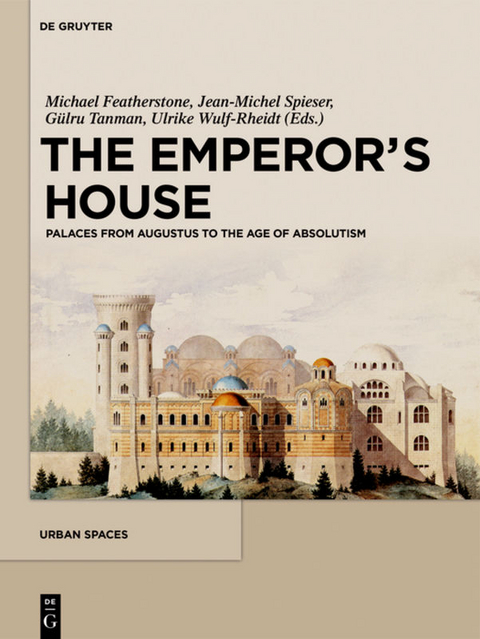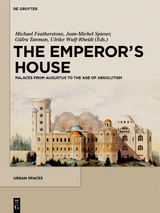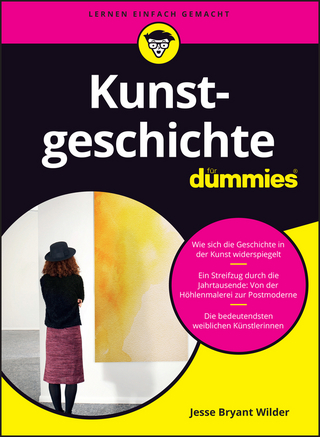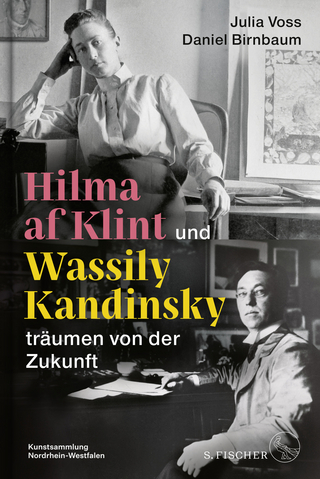The Emperor's House
Evolving from a patrician domus, the emperor's residence on the Palatine became the centre of the state administration. Elaborate ceremonial regulated access to the imperial family, creating a system of privilege which strengthened the centralised power. Constantine followed the same model in his new capital, under a Christian veneer. The divine attributes of the imperial office were refashioned, with the emperor as God's representative. The palace was an imitation of heaven.Following the loss of the empire in the West and the Near East, the Palace in Constantinople was preserved – subject to the transition from Late Antique to Mediaeval conditions – until the Fourth Crusade, attracting the attention of Visgothic, Lombard, Merovingian, Carolingian, Norman and Muslim rulers. Renaissance princes later drew inspiration for their residences directly from ancient ruins and Roman literature, but there was also contact with the Late Byzantine court. Finally, in the age of Absolutism the palace became again an instrument of power in vast centralised states, with renewed interest in Roman and Byzantine ceremonial.Spanning the broadest chronological and geographical limits of the Roman imperial tradition, from the Principate to the Ottoman empire, the papers in the volume treat various aspects of palace architecture, art and ceremonial.
M. Featherstone, Paris/Fribourg; J.-M. Spieser, Fribourg; G. Tanman, Istanbul; U. Wulf-Rheidt, Berlin
"Das vorliegende Buch stellt einen hervorragenden, da aufgrund neuester Erkenntnisse erstellten Eorschungsbericht zu Residenzen ranghöchster Rerrscher von antik-römischer Kaiserzeit bis in das 19. Jahrhundert dar. [...] ist es aufgrund seiner Epochen übergreifenden Anlage, inhaltlich unterschiedlichen Zugänge und ausführlichen Literaturangaben wie derzeit kein anderes ein Schlüsselwerk zum historischen Palastbau."
Cord Meckseper in: Burgen und Schlösser 1/2017: 65-68
"... Der vorliegende Band [ist] jedem an Herrschaftsarchitektur und nicht zuletzt auch an der Wechselwirkung von Palastarchitektur und Zeremoniell Interessierten wärmstens ans Herz gelegt[...]."
Christian Rollinger in: Göttinger Forum für Altertumswissenschaft 20 (2017), S. 1025-1027, gfa.gbv.de
| Erscheint lt. Verlag | 28.8.2015 |
|---|---|
| Reihe/Serie | Urban Spaces ; 4 |
| Zusatzinfo | 80 b/w and 250 col. ill. |
| Verlagsort | Berlin/Boston |
| Sprache | englisch; französisch; deutsch |
| Maße | 210 x 280 mm |
| Gewicht | 1960 g |
| Themenwelt | Kunst / Musik / Theater ► Kunstgeschichte / Kunststile |
| Technik ► Architektur | |
| Schlagworte | Palace • palace architecture. • Palace; places of power; palace architecture. • Palastarchitektur • places of power |
| ISBN-10 | 3-11-033163-2 / 3110331632 |
| ISBN-13 | 978-3-11-033163-9 / 9783110331639 |
| Zustand | Neuware |
| Haben Sie eine Frage zum Produkt? |
aus dem Bereich




